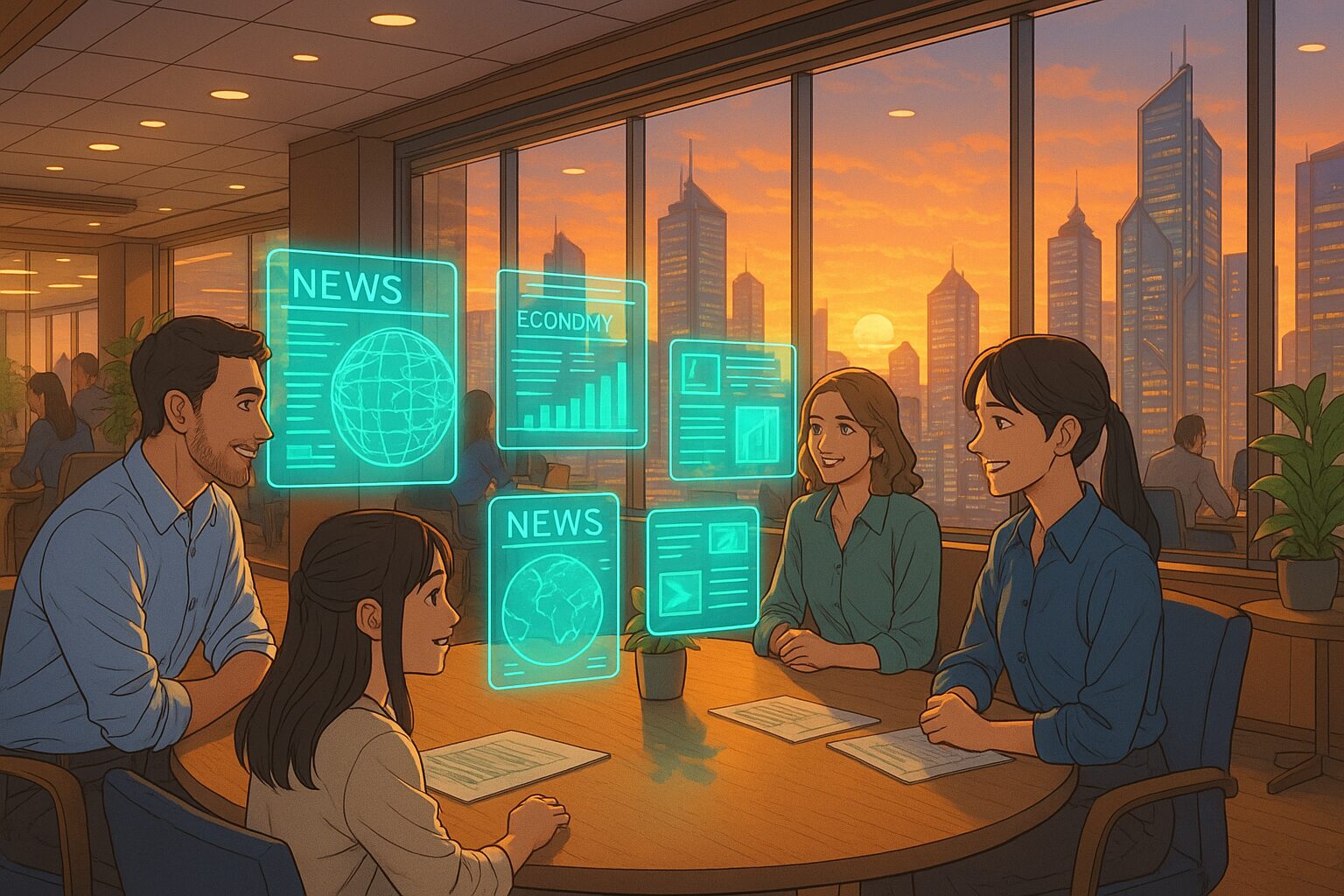Will the Day Come When India’s Space Startup Revolution Changes the World?
India’s space startups are rapidly growing. From just 2 companies to 350 in just 10 years, what changes will the world undergo if this trend continues? Let’s consider together what impact it might have on our future.
1. Today’s News
Source:
News18 – National Space Day: India’s Space Startups Grow From 2 To 350 In A Decade
Summary:
- India’s space-related startups have surged from 2 to 350 in just 10 years.
- Notable companies include Skyroot, Agnikul, Pixxel, Dhruva, and Digantara.
- ISRO (Indian Space Research Organisation) is hosting National Space Meet 2.0, envisioning a ‘Viksit Bharat’ by 2047.
2. Considering the Background
The rapid growth of India’s space industry is supported by technological innovation and policy backing. The government’s encouragement of space technology development and loosening regulations for startups have created an environment for young entrepreneurs to chase their dreams in space. Let’s think about how this movement will connect to our daily lives and the future ahead.
3. What Does the Future Hold?
Hypothesis 1 (Neutral): A Future Where Space Business Becomes Commonplace
Space-related businesses may become commonplace and accepted as part of daily life. The increased use of data from beyond Earth could result in more accurate communication and weather forecasting. With space becoming closer to our lives, new values may emerge, and space travel may no longer be seen as something special.
Hypothesis 2 (Optimistic): A Future Where Space Technology Develops Significantly
With Indian startups leading the way, significant advancements in space technology could accelerate global space development. Discoveries of new energy sources and the utilization of extraterrestrial resources may contribute to sustainable societies. As a result, awareness of protecting the Earth’s environment could increase, fostering a cohabitation of technology and nature.
Hypothesis 3 (Pessimistic): A Future Where Earthly Issues Remain Unaddressed
On the other hand, there is a risk that prioritizing space development could lead to neglect of problems on Earth. The uneven distribution of resources may grow, concentrating the benefits of space development in specific countries or companies, potentially widening disparities. A future could emerge where the focus on space delays the resolution of earthly challenges.
4. Tips on What We Can Do
Mindset Tips
- Consider how technology of space and Earth should coexist.
- Be aware of the connections between your daily life and space technology.
Small Practical Tips
- Investigate how space technology is utilized in everyday life.
- Make eco-friendly choices to contribute to a sustainable future.
5. What Would You Do?
- Will you think about what can be done to support the advancement of space technology and maximize future possibilities?
- Will you prioritize addressing issues on Earth and seek what can be done for a sustainable future?
- Will you look at both space and Earth and pursue a balanced future?
What kind of future did you envision? Please share with us via social media quotes or comments.









